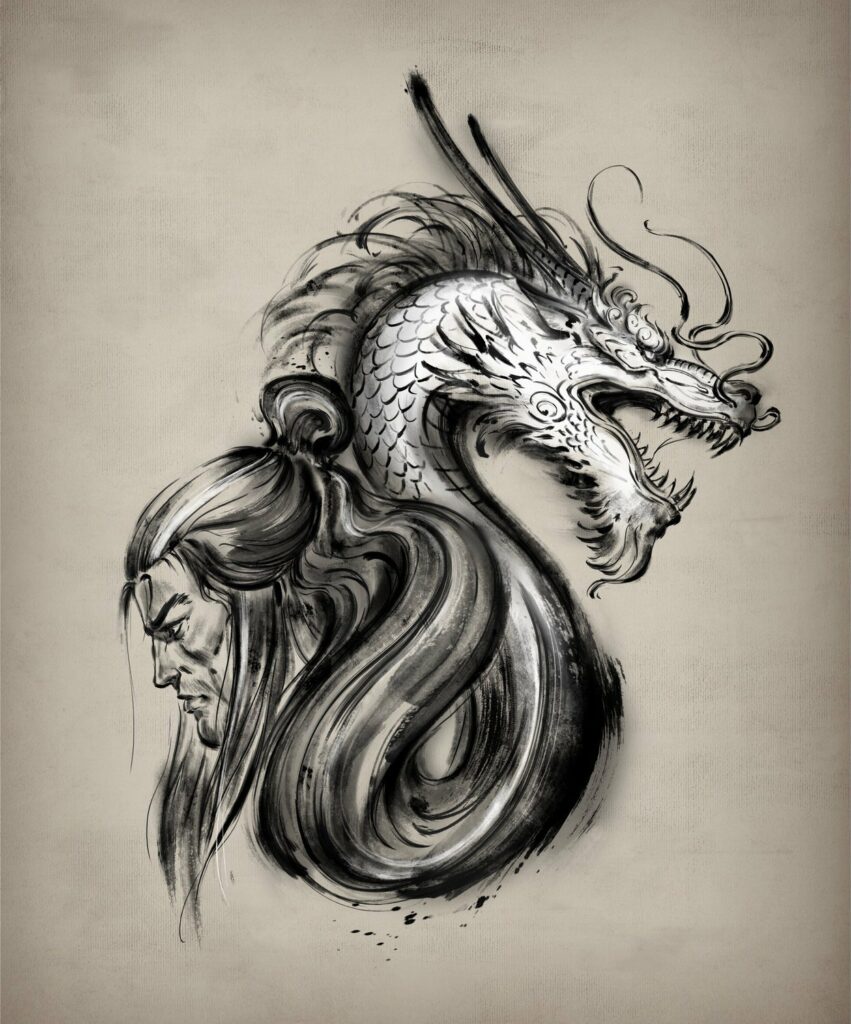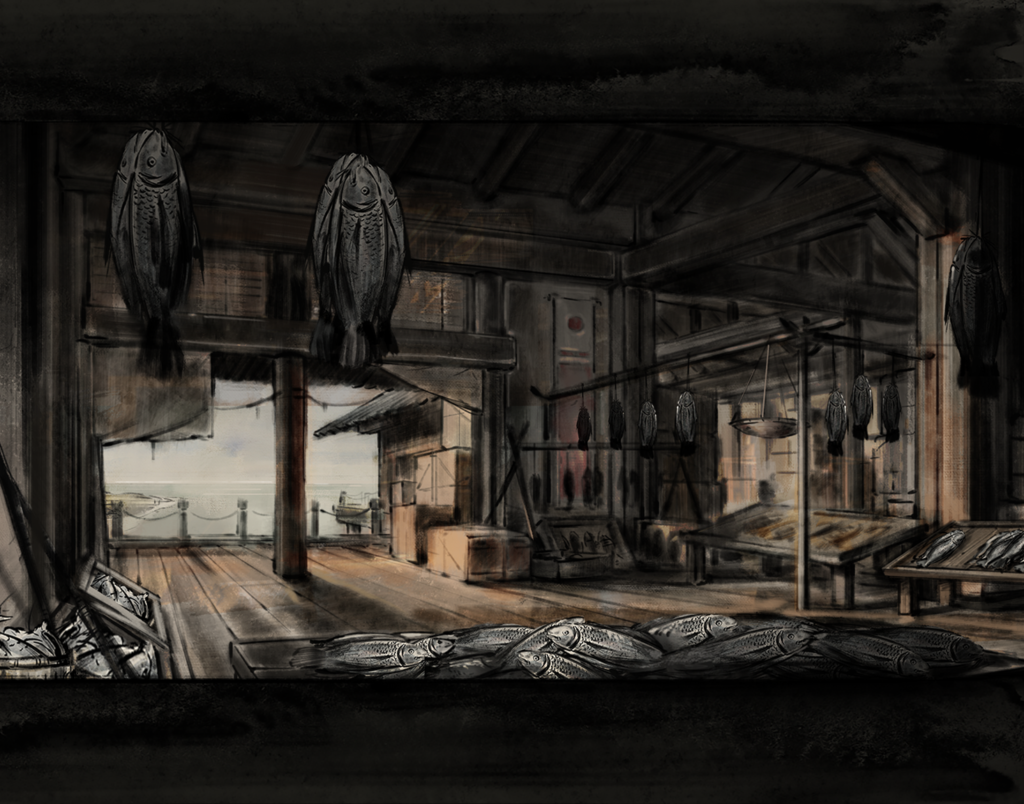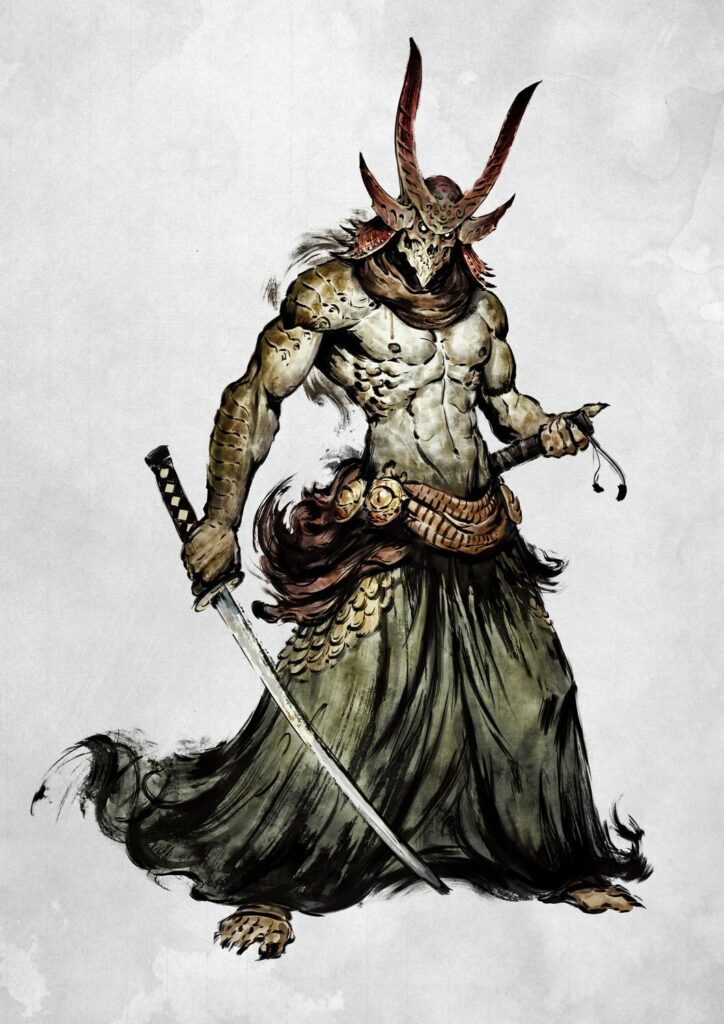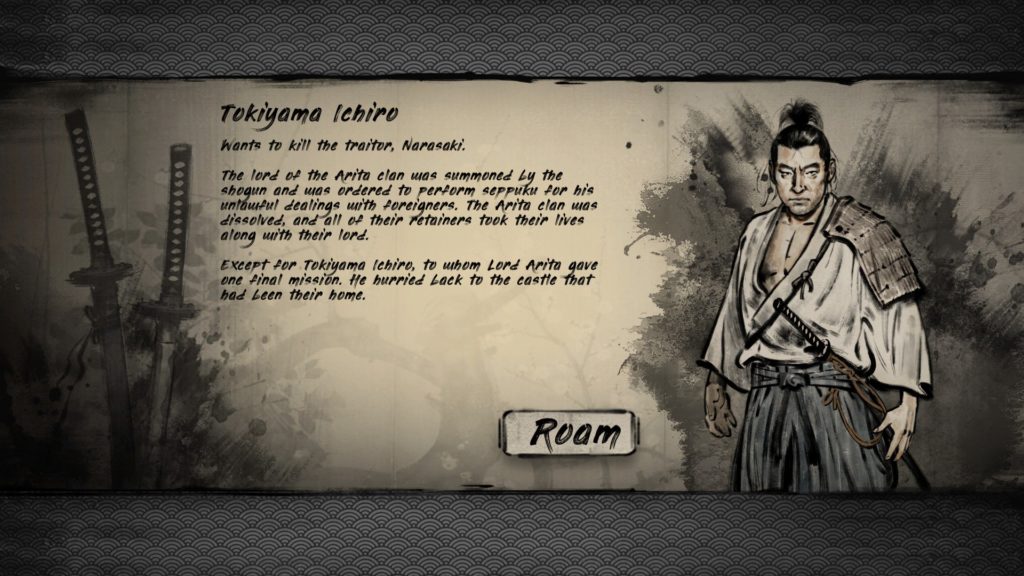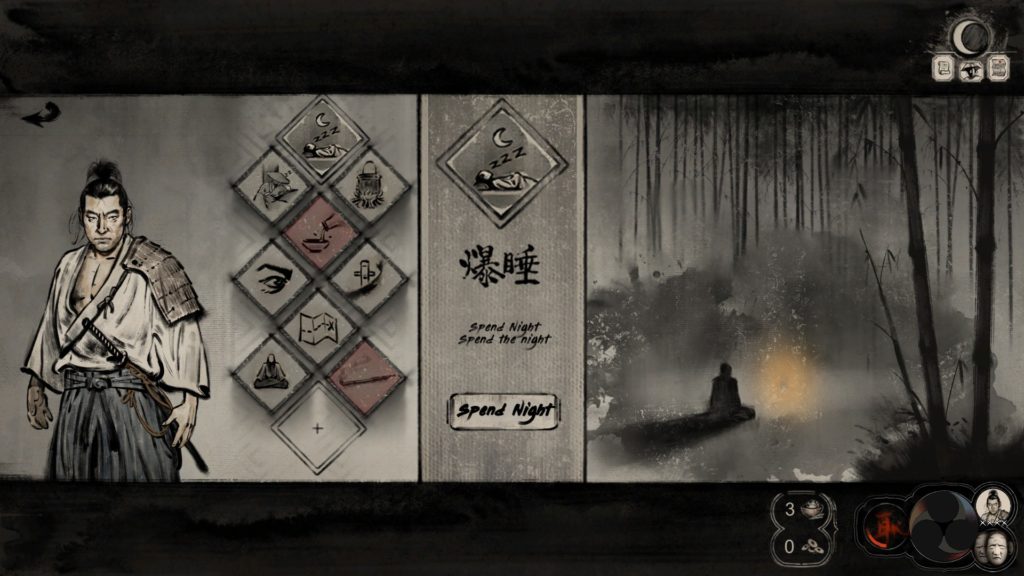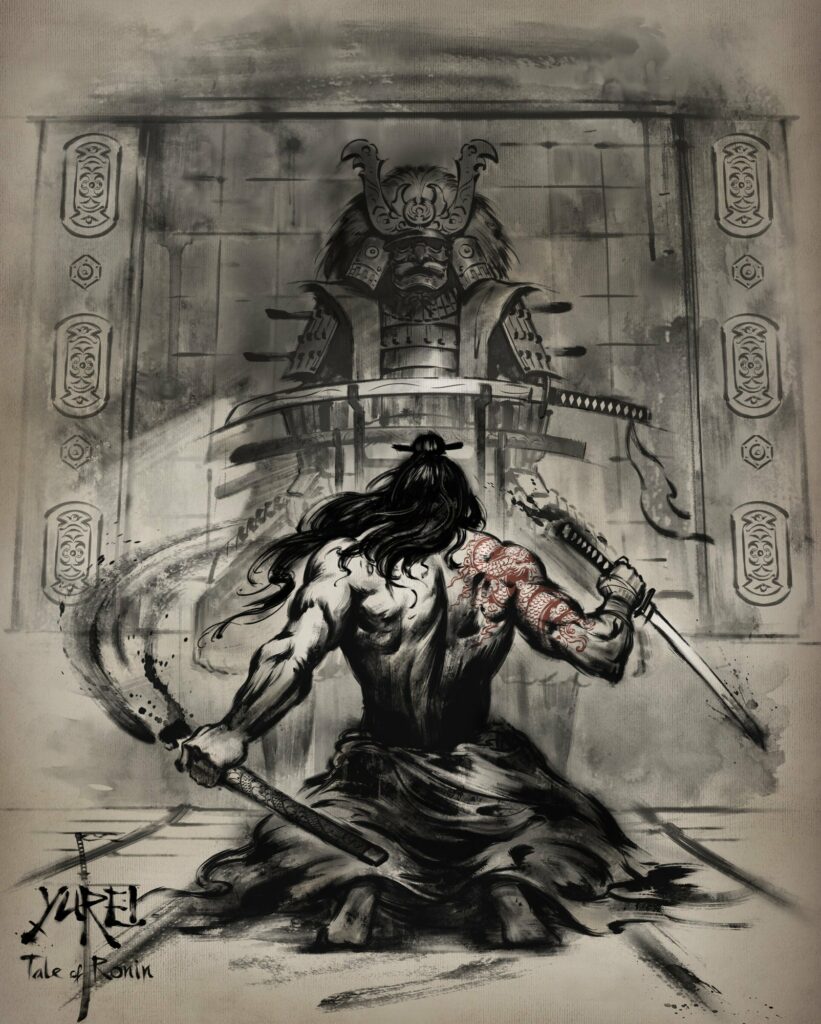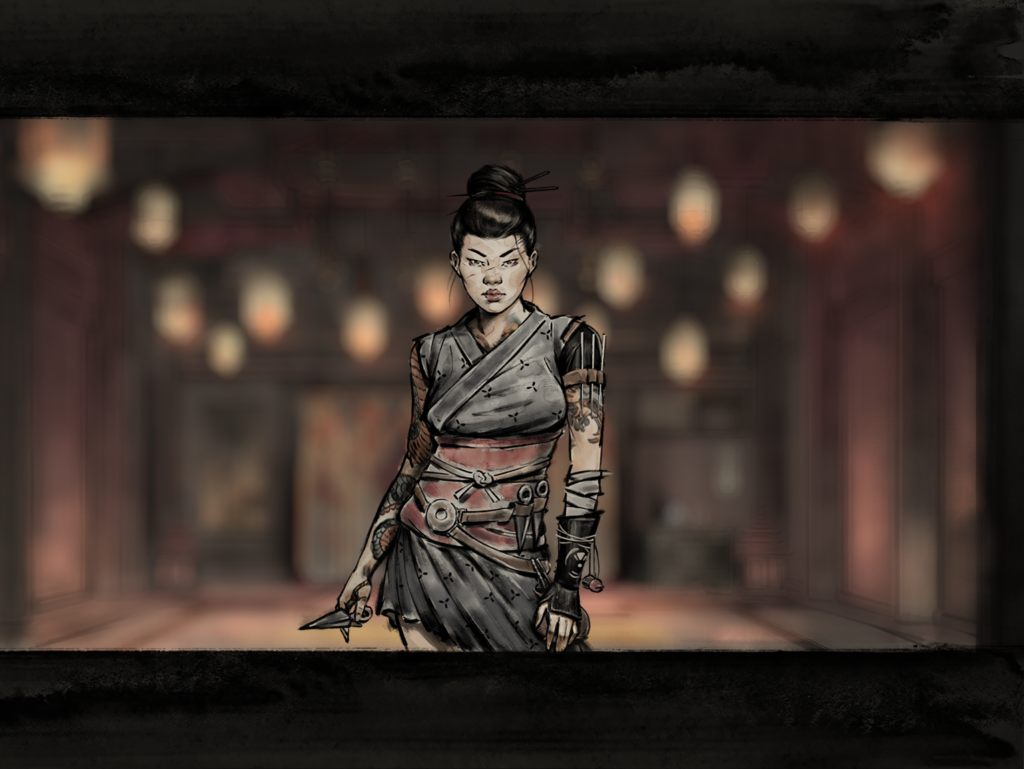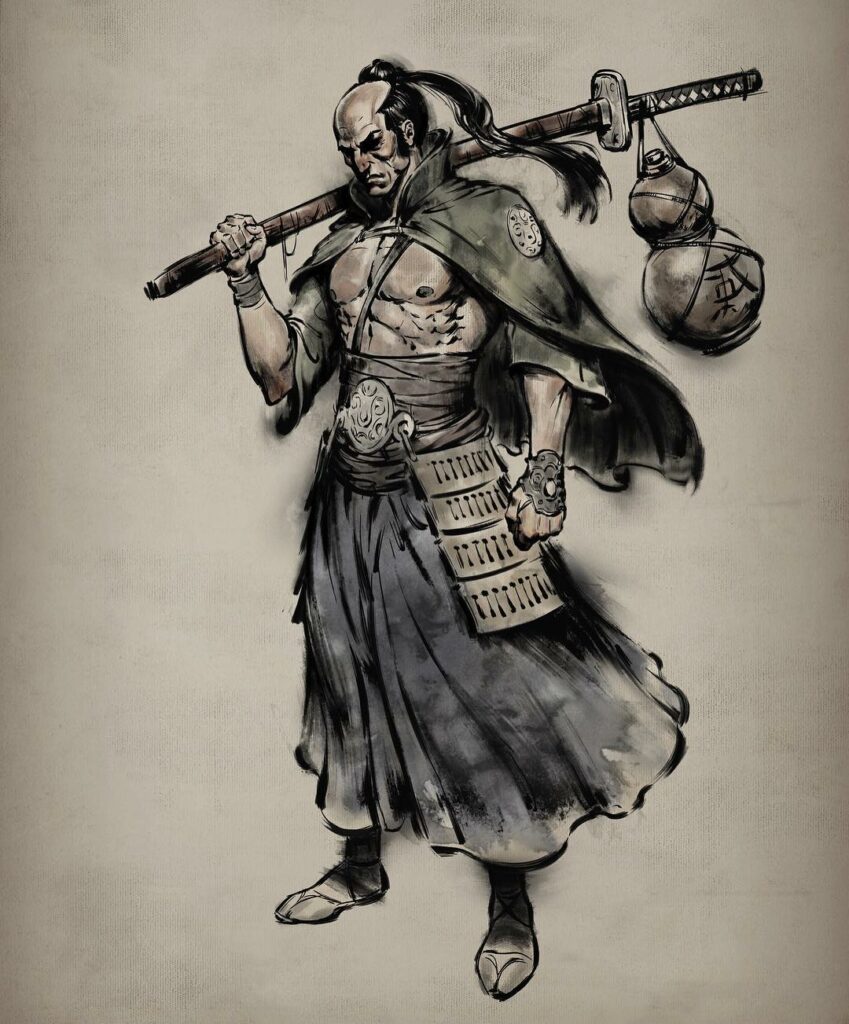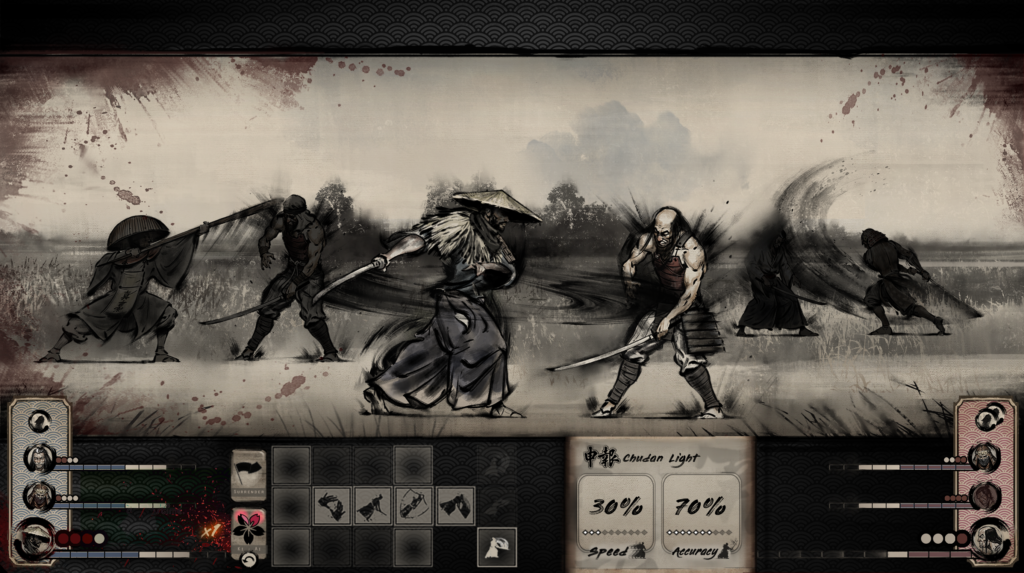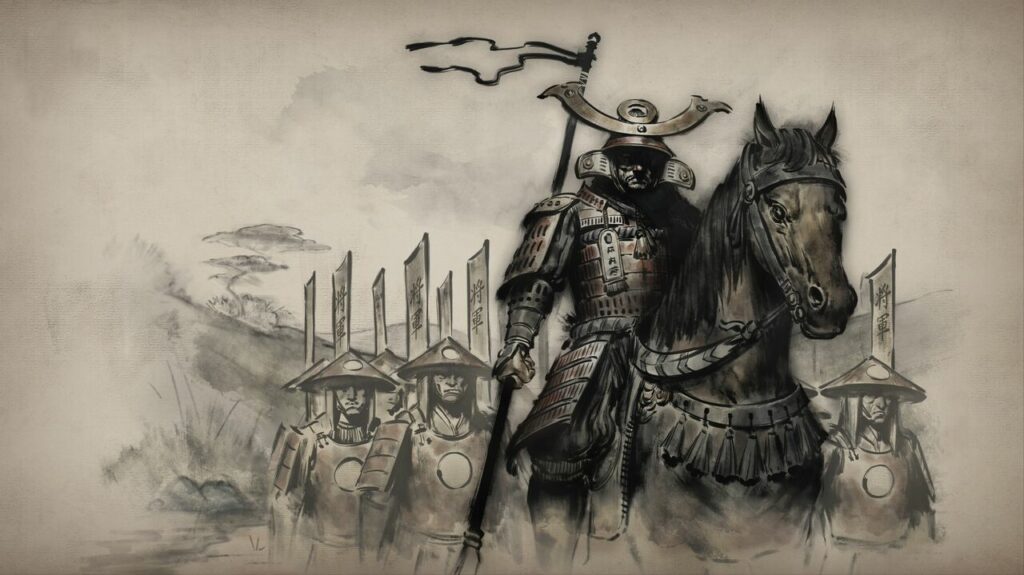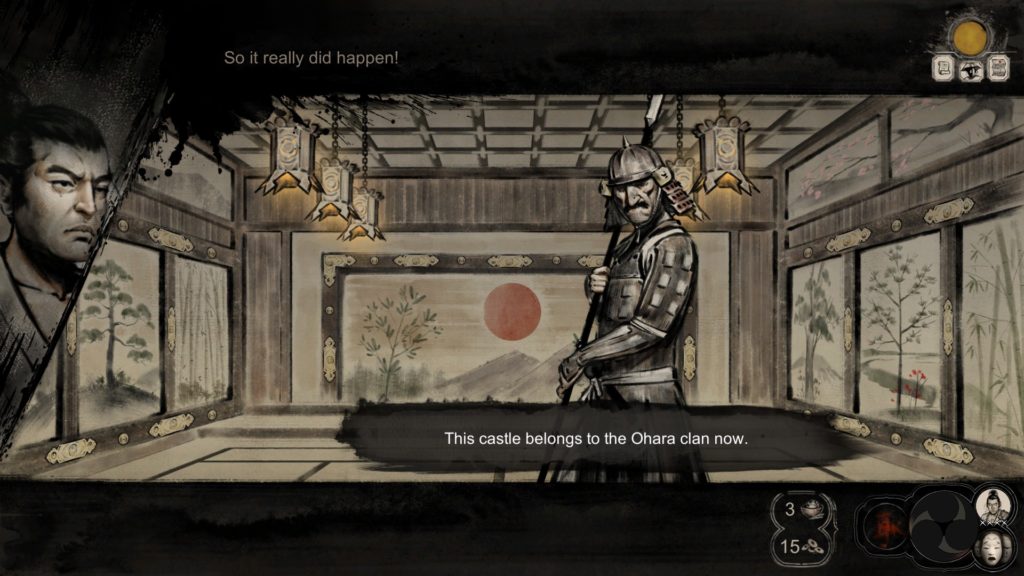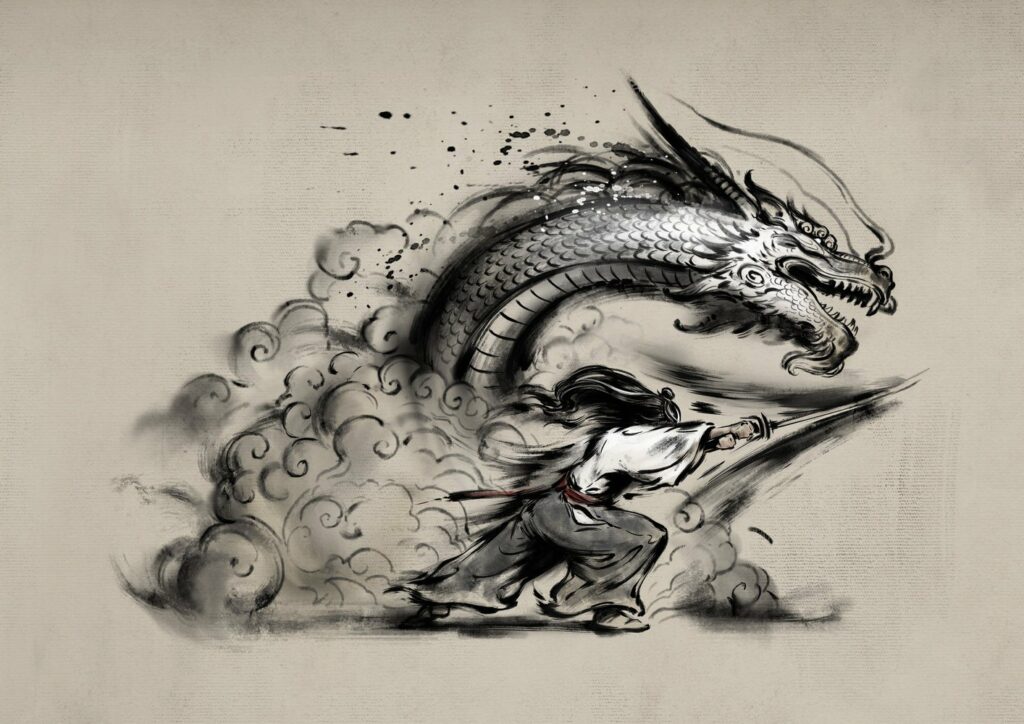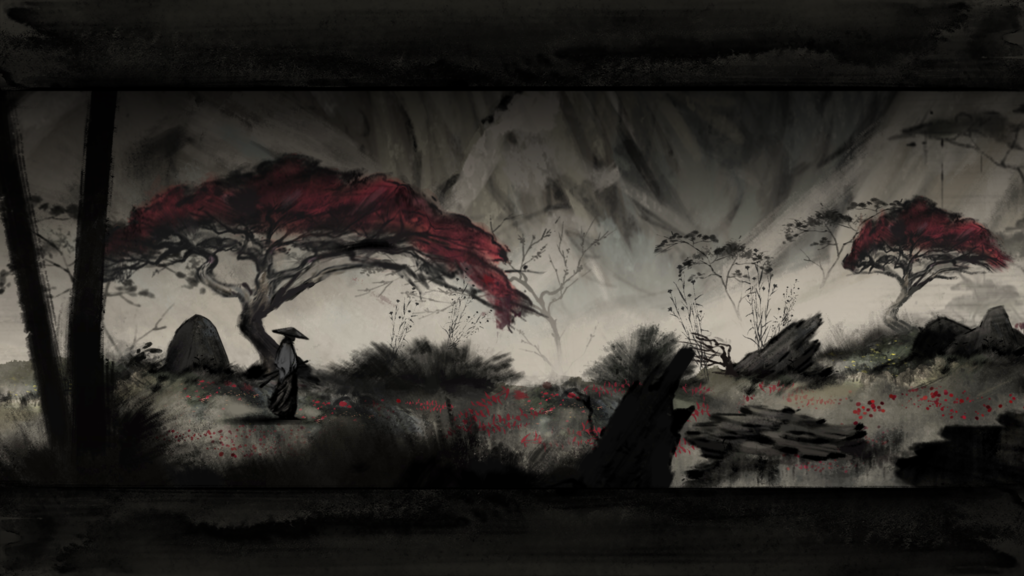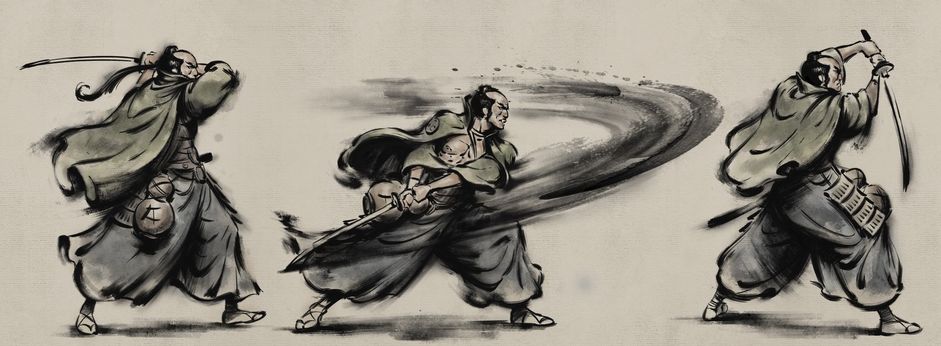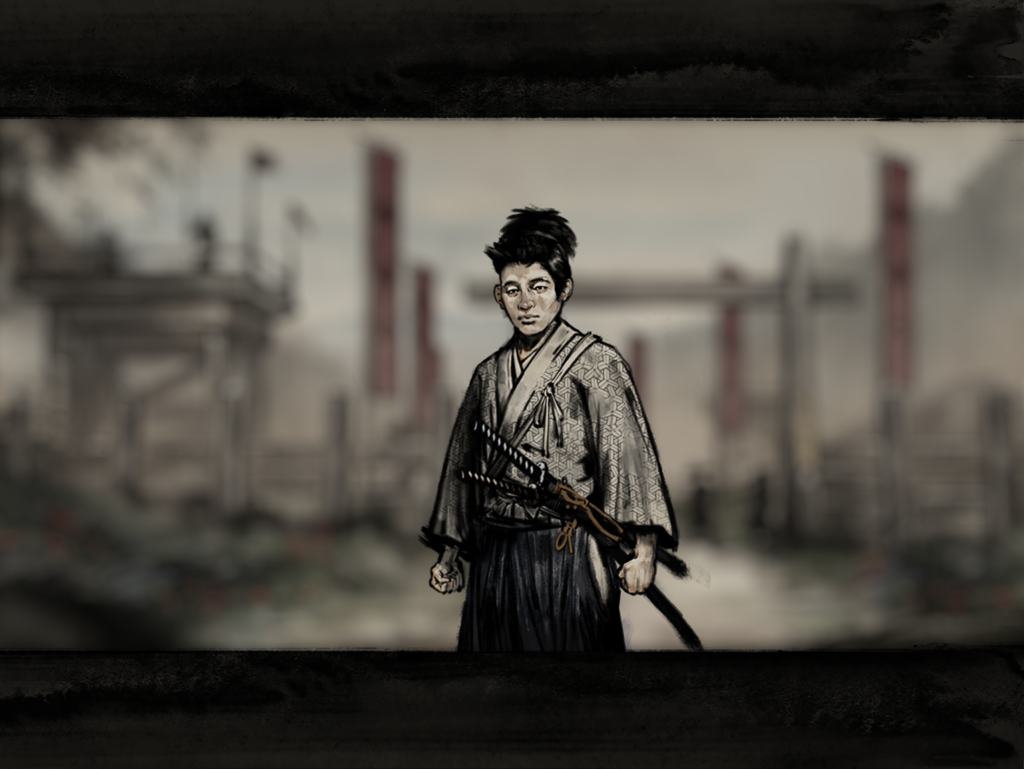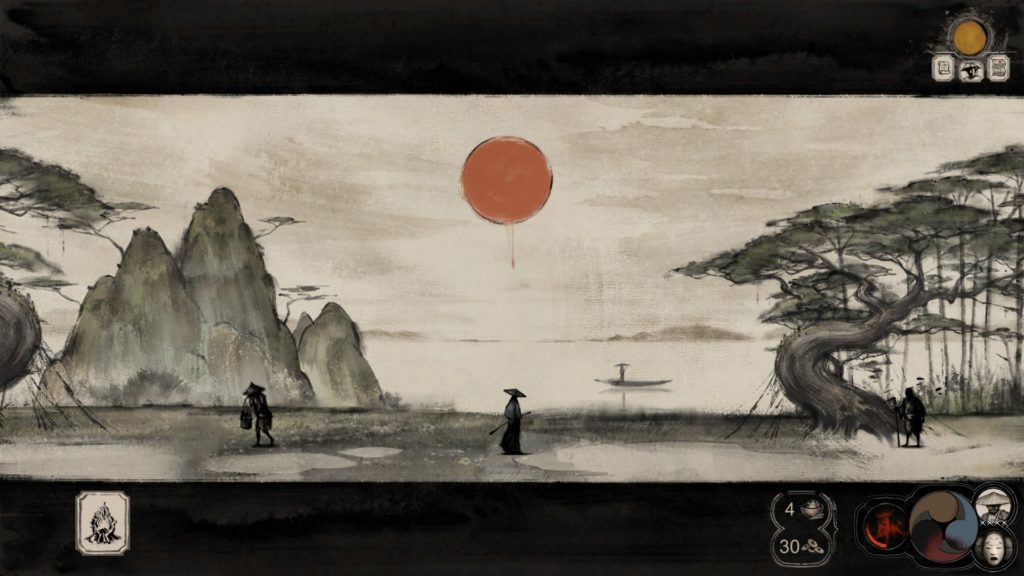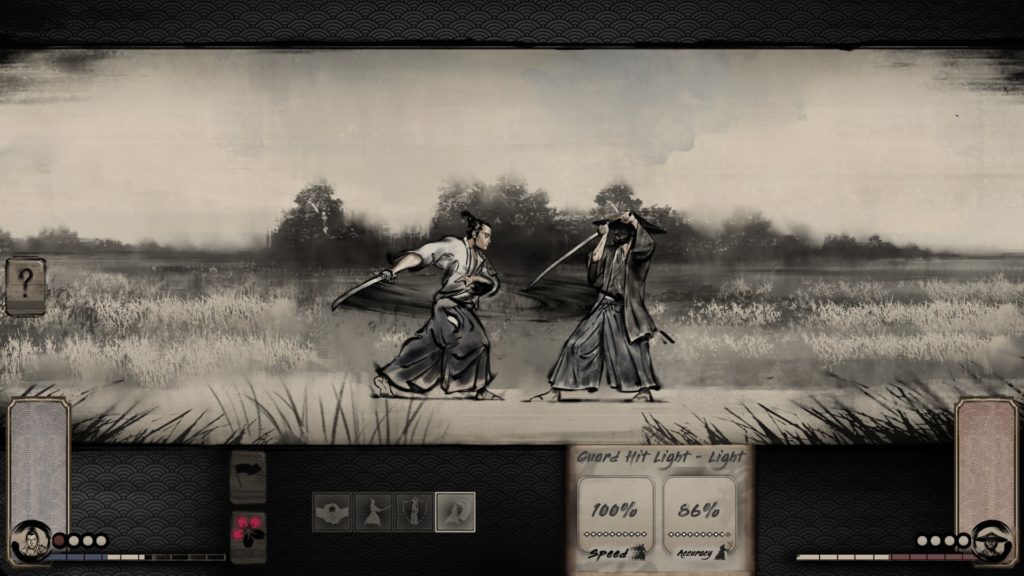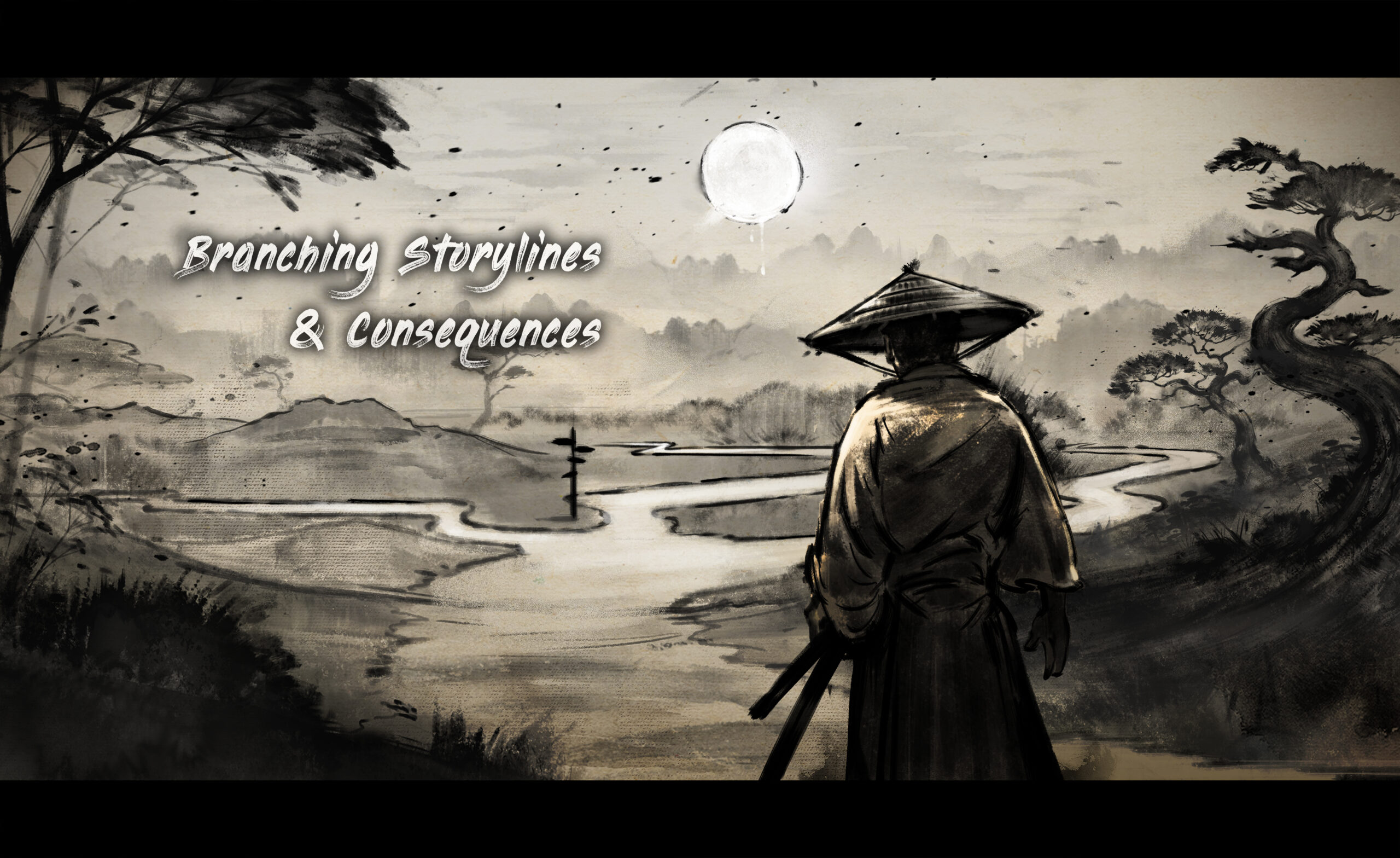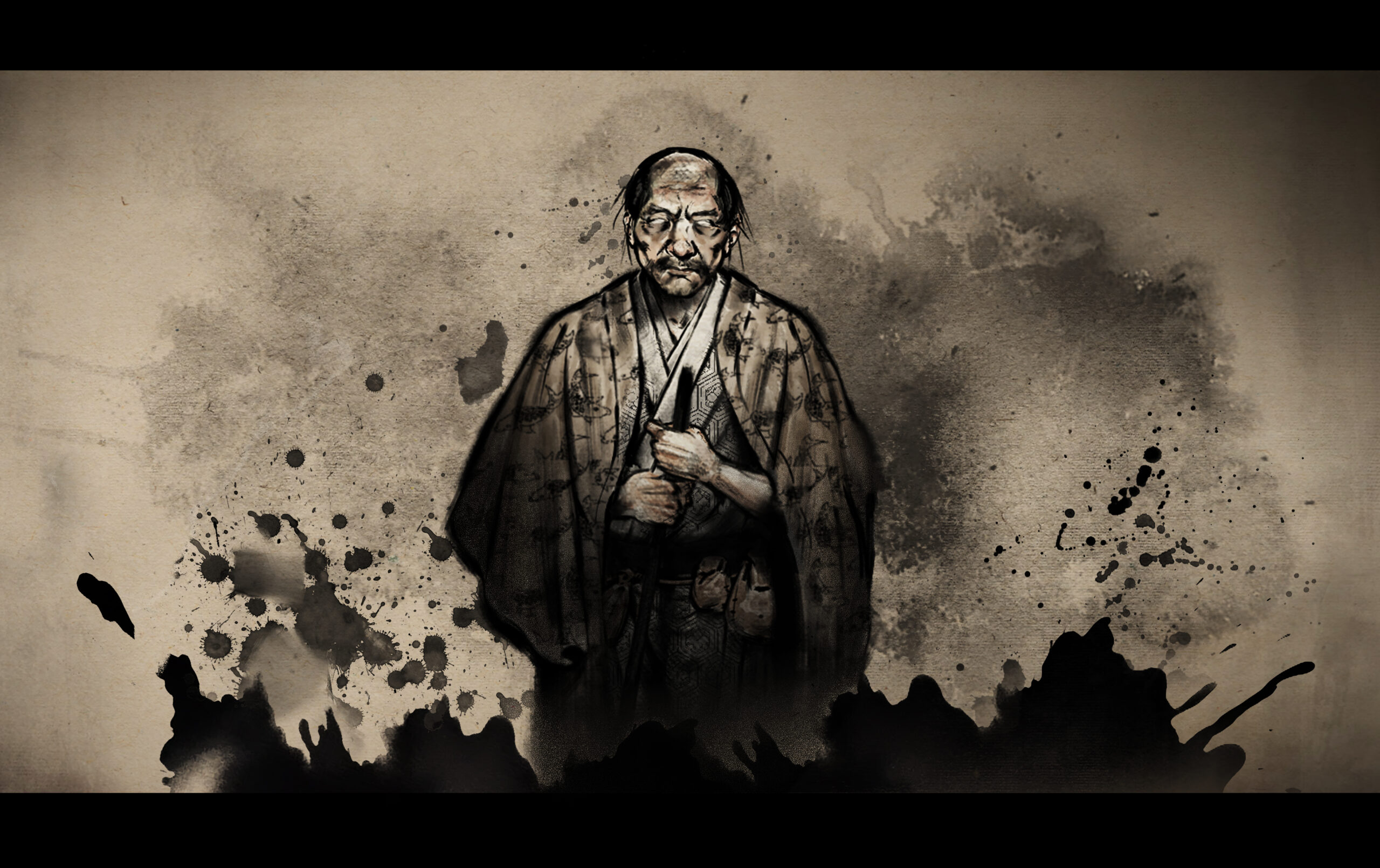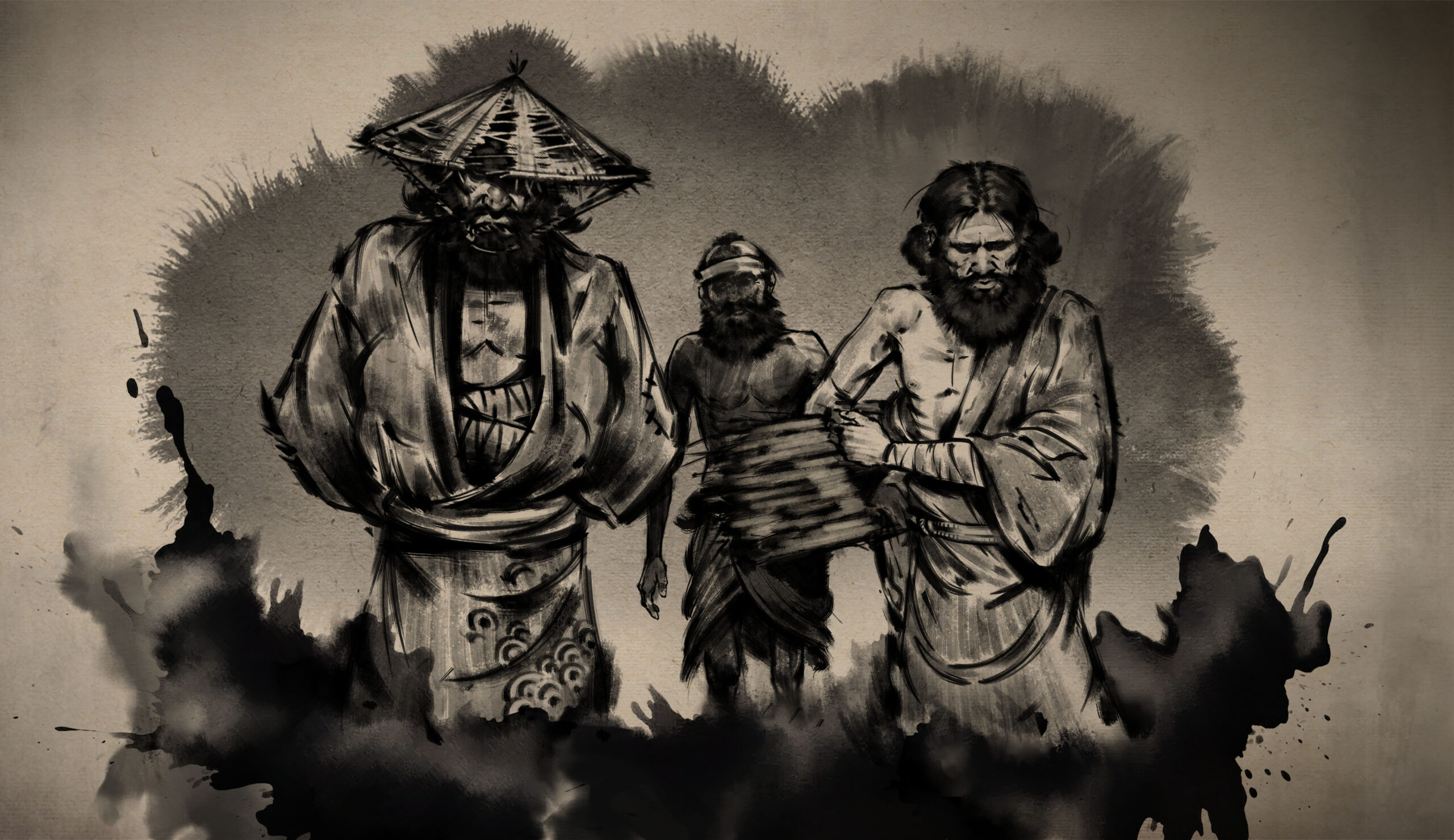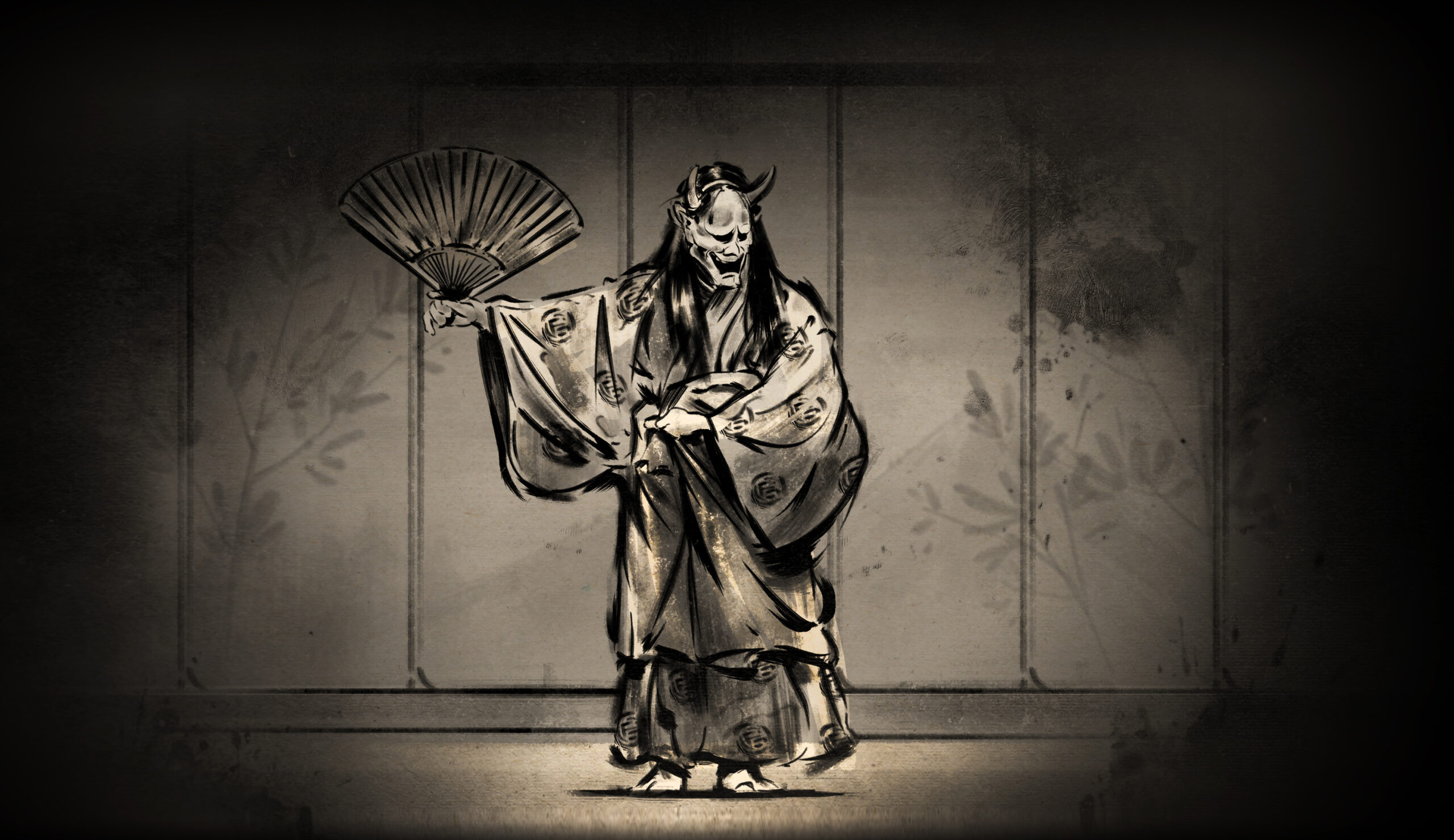Blog
The Tale of the Heike: A Legacy of Civil War
The Tale of the Heike, or Heike monogatari, is an epic poem recounting a power struggle that changed the course of Japanese history. In the late 12th century B.C.E., tensions between the powerful Minamoto clan—also known as the Genji clan—and the Taira clan—also known as the Heike clan—came to a head. The poem chronicles the…
Player Choices Matter: Branching Storylines and Consequences
In the world of gaming, one of the most compelling aspects for players is the ability to influence the narrative through their in-game actions and choices. Utilizing interactive storytelling elements immerse players deeper into the game, but it also empowers them to shape the outcomes based on their decisions. This is something we are aiming…
Blindness in Feudal Japan
Disability has accompanied humans for as long as humans have existed. Japanese history is filled with tales of disabled historical figures, spirits, and kami. In early Japan, blindness caused by disease, farming accidents, or poor nutrition was especially common. The history of blind people in Japan is long and fascinating. As early as the 8th…
Burakumin: The Untouchable Caste of Feudal Japan
The burakumin are a large group of people who were historically discriminated against in Japan. They are not an ethnic minority; the discrimination against them is based on caste and descent. Considered “outcaste” and “untouchable,” the burakumin occupied the lowest rung in the traditional Japanese social structure. During the early Edo period, those who worked…
Noh: The Art of Samurai
Noh theater is a traditional Japanese performance art that has been practiced for centuries. It remains almost unchanged from its beginnings in the 14th century, even today. The masked performers, intense emotions, and slow pacing of Noh make it a unique experience. The roots of Noh lie in dance drama and festival drama performed at…
